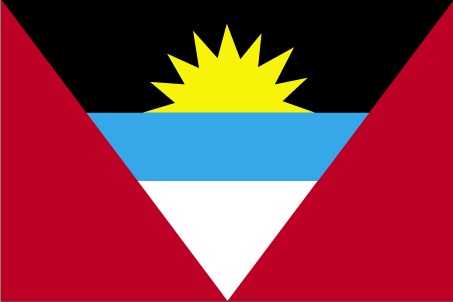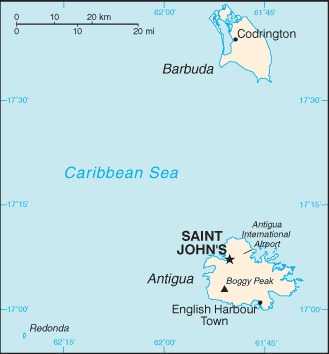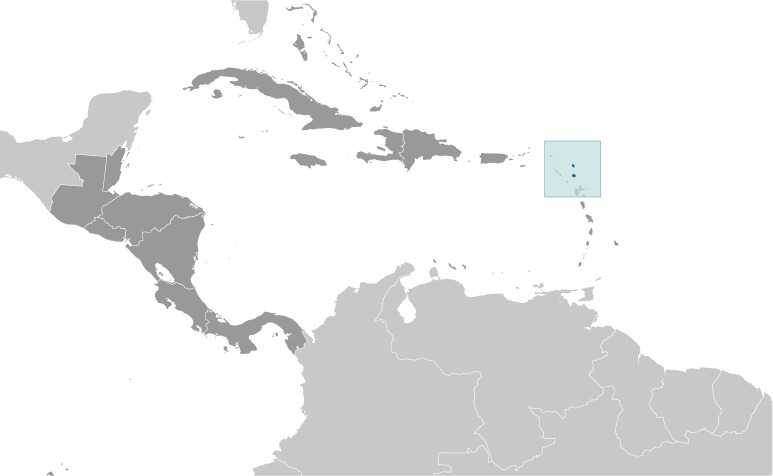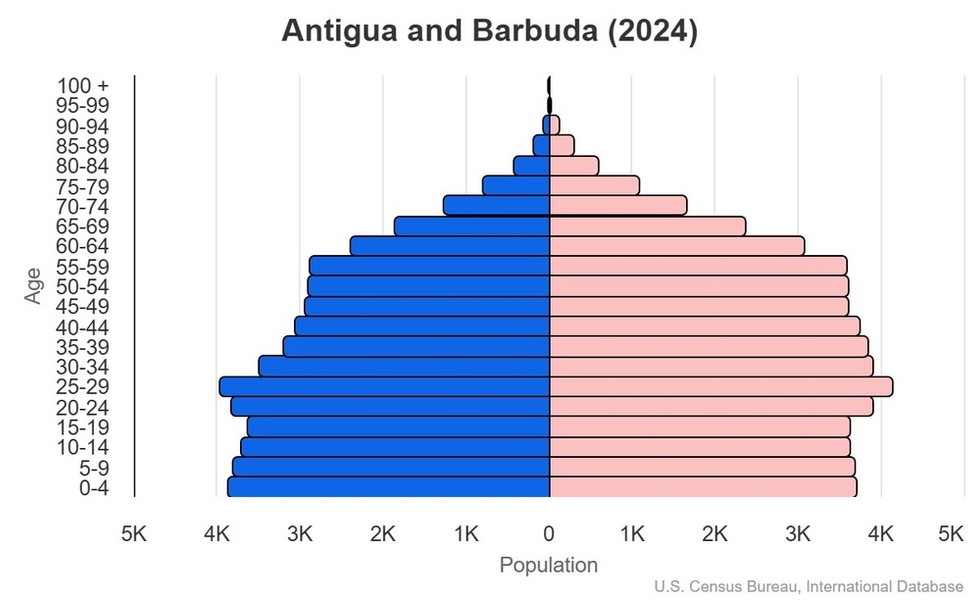Introduction
Visit the Definitions and Notes page to view a description of each topic.
Geography
People and Society
Population
comparison rankings: total 194; male 197; female 192
Median age
comparison ranking: total 109
Population growth rate
comparison ranking: 83
Birth rate
comparison ranking: 113
Death rate
comparison ranking: 171
Net migration rate
comparison ranking: 49
Maternal mortality ratio
comparison ranking: 110
Infant mortality rate
comparison ranking: total 104
Life expectancy at birth
comparison ranking: total population 80
Total fertility rate
comparison ranking: 116
Obesity - adult prevalence rate
comparison ranking: 115
Alcohol consumption per capita
comparison ranking: total 6
Education expenditure
comparison ranking: Education expenditure (% GDP) 147
Environment
Carbon dioxide emissions
comparison ranking: total emissions 180
Government
Economy
Real GDP (purchasing power parity)
comparison ranking: 193
Real GDP growth rate
comparison ranking: 59
Real GDP per capita
comparison ranking: 80
Inflation rate (consumer prices)
comparison ranking: 156
GDP - composition, by sector of origin
comparison rankings: agriculture 154; industry 138; services 41
Industrial production growth rate
comparison ranking: 114
Current account balance
comparison ranking: 104
Reserves of foreign exchange and gold
comparison ranking: 167
Energy
Electricity
comparison rankings: installed generating capacity 183; consumption 184; transmission/distribution losses 31
Energy consumption per capita
comparison ranking: 41
Communications
Telephones - fixed lines
comparison ranking: total subscriptions 169
Telephones - mobile cellular
comparison ranking: total subscriptions 183
Broadband - fixed subscriptions
comparison ranking: total 184
Transportation
Merchant marine
comparison ranking: total 36




